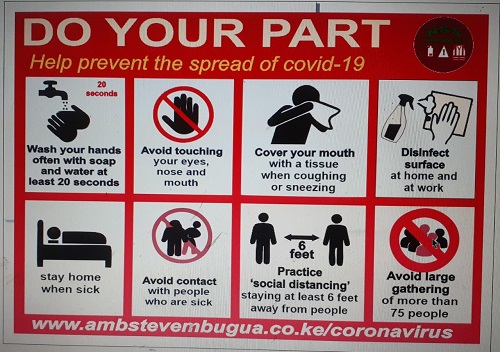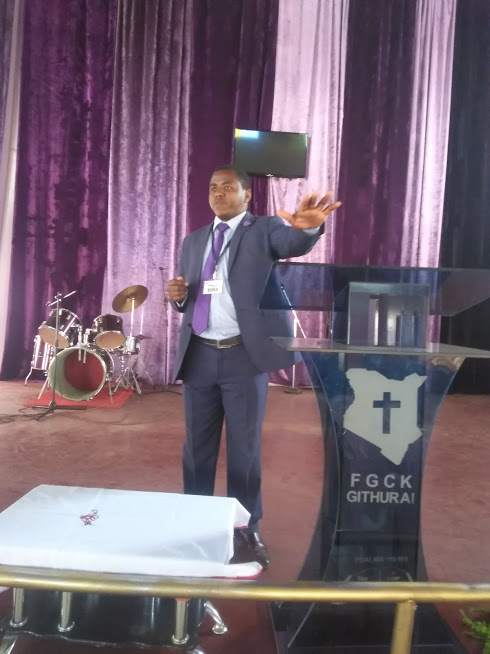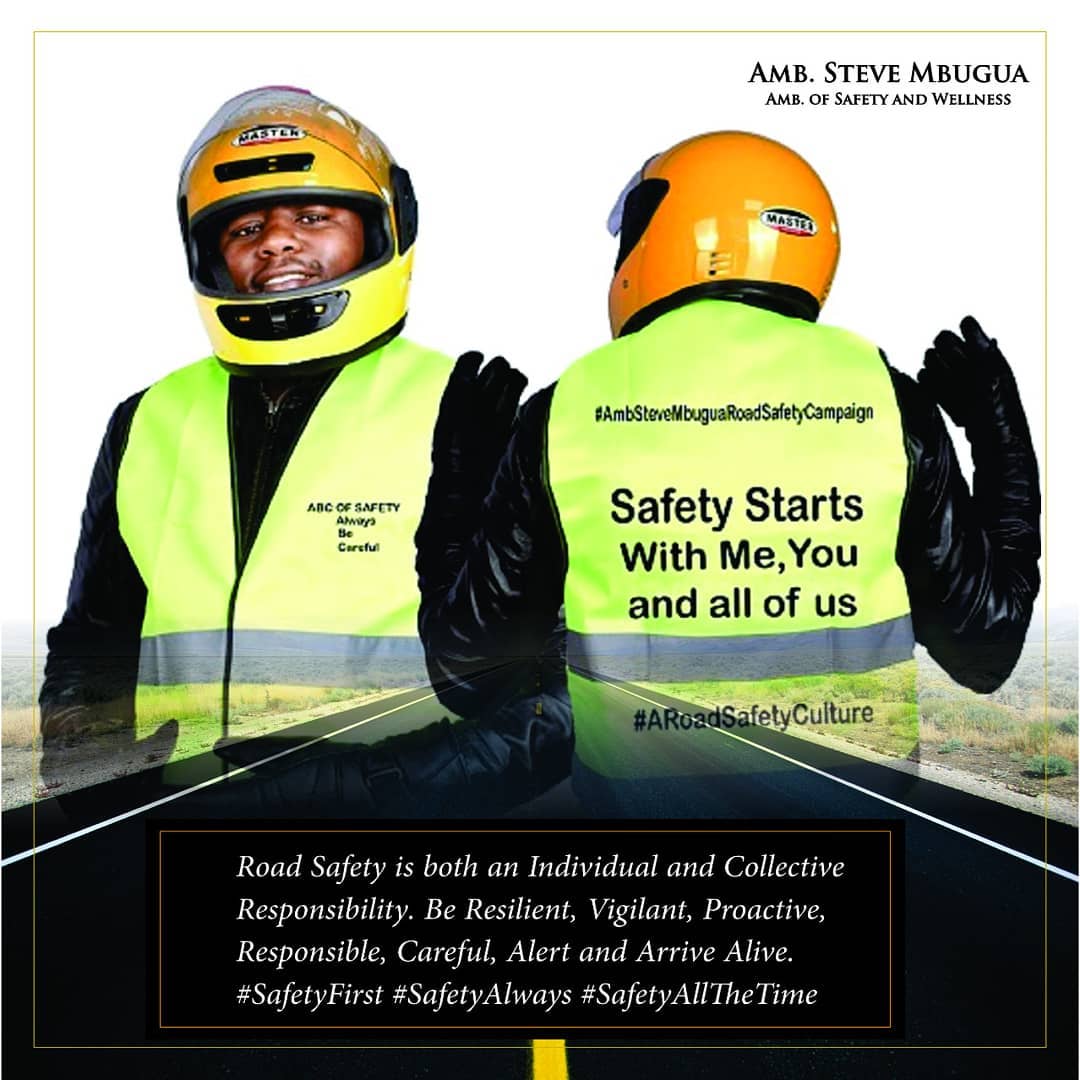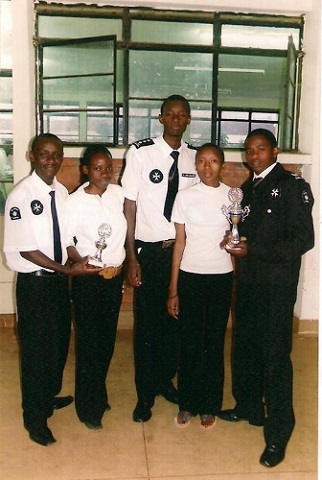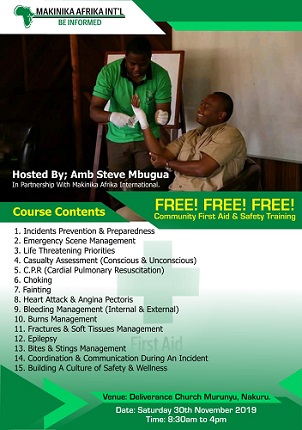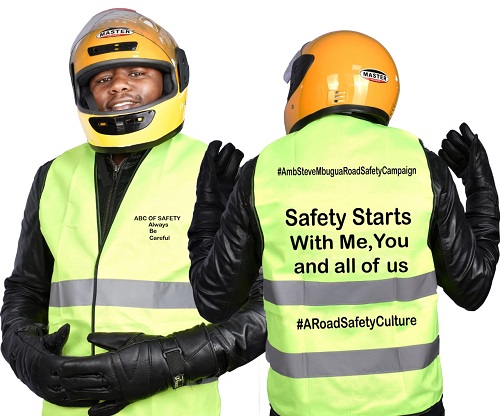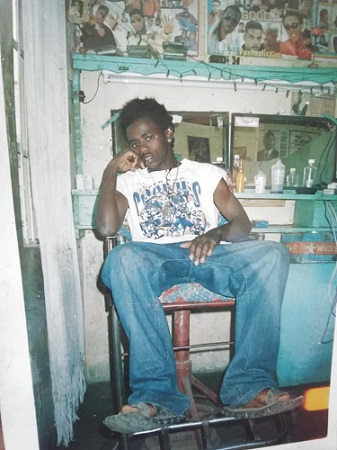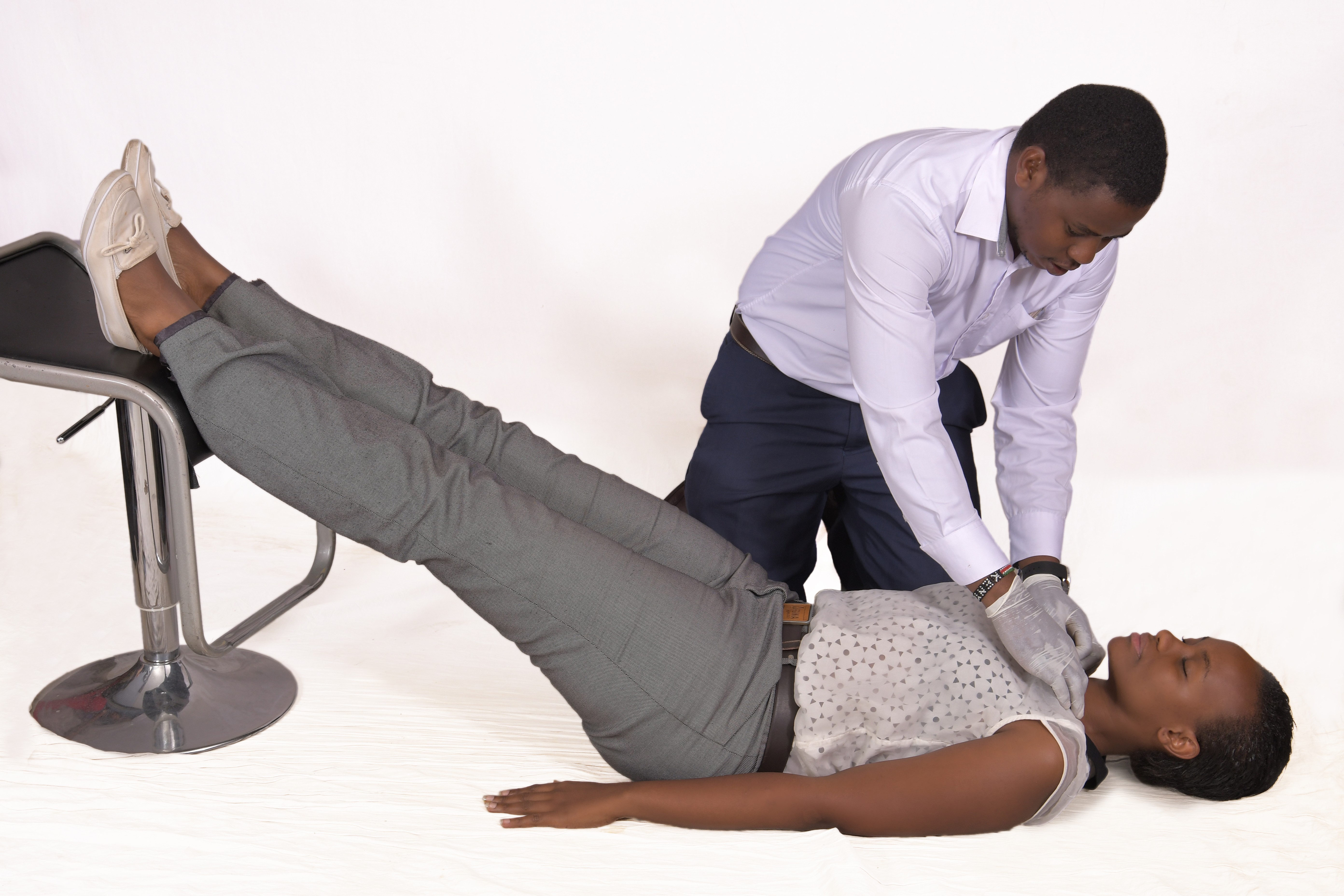It is important that employers ensure that their employees are aware of and understand the meaning of safety signs and signals either seen or heard during their work, including providing training where necessary. Although most safety signs are self-explanatory, employees (particularly new, young or inexperienced ones) may be unfamiliar with the meaning of some of the less commonly used signs. It is therefore important that the meaning of any sign is clearly explained, and that employees are aware of the consequences of not following the warning or instruction given by the sign. Text supplementing the sign may have a useful role here.
GENERAL RULES ON THE USE OF SAFETY SIGNAGE
If the hearing or sight of any employee is impaired, for example by wearing personal protective equipment, additional measures should be taken to ensure that employees can see or hear the warning sign or signal, for example by increasing the brilliance or volume.
In some cases, more than one type of safety sign may be necessary, for example an illuminated warning sign indicating a specific risk combined with an acoustic alarm meaning ‘general danger’ to alert people, or hand signals combined with verbal instructions.
All safety signs must be properly maintained so that they are capable of performing the function for which they are intended. This can range from the routine cleaning of signboards to regular checks of illuminated signs and testing of acoustic signals to see that they work properly.
All safety signs should maintain their intrinsic features under power failure – either from emergency lighting or phosphorescent material – unless the hazard is itself eliminated by the power failure.
SAFETY SIGN COLOURS (EXCLUDING FIRE SAFETY SIGNS)
1. Red
Prohibition sign – Danger alarm
Dangerous behaviour; stop; shutdown; emergency cut-out devices; evacuate
2. Yellow Amber
Warning sign
Be careful; take precautions; examine
3. Blue
Mandatory sign
Specific behaviour or action, eg wear protective equipment
4. Green
Emergency escape, First-aid sign, No danger
Doors; exits; escape routes; equipment and facilities Return to normal
GENERAL GUIDELINES
1. Signboards are only effective if they can be seen and understood. If too many signs are placed together there is a danger of confusion or of important information being overlooked.
2. If circumstances change, making a particular signboard unnecessary (ie if the hazard no longer exists), it is important to ensure its removal so that misleading information is not displayed.
3. It may sometimes be useful to supplement a safety sign with text to aid understanding. This may be important, for example when introducing a new or unfamiliar sign, or using a general danger or warning sign. In these cases, the meaning is reinforced if the background colour of the supplementary sign is the same as the colour used on the safety sign it is supplementing.
4. Any supplementary sign or text used with a particular safety sign must be chosen to reflect the same safety sign category. So, for example, if a mandatory sign is used, ensure that accompanying text (if any) describes the mandatory nature (using the word ‘must’ rather than ‘should’ or ‘may’) of the action to be taken, such as ‘Face protection must be worn’.
5. The sign has to be bright enough to be seen, without causing glare.
6. Care should be taken to ensure that a number of illuminated signs are not used together if this could give rise to confusion. Confusion could also arise if an illuminated sign is placed close to any other similar light source.
7. The luminous area of the sign may be of a single safety colour or contain a pictogram on a specified background consistent with the legal requirements.
8. If an illuminated sign can be either ‘on’ continuously or operate intermittently (ie flash on and off), use the flashing sign to indicate a higher level of danger or a more urgent need for intervention or action.
9. The duration and frequency of flashes for an intermittent illuminated sign should be such as to ensure the message is properly understood, and avoid any confusion with other illuminated signs, including continuous illuminated signs.
10. If a flashing sign is used instead of, or together with, an acoustic signal, it is important to synchronise the two. This means that the duration and frequency of flashes should be in line with both the pulse length and interval for an acoustic signal. The choice of equipment and the way it operates, of course, must take account of other risks. For example, with fast flicker rates epilepsy could be triggered in some people or, in other cases, some types of electronic pulse could be a danger in respect of stores containing certain explosives.
11. Where flashing signs are used to warn of imminent danger, it is particularly important to ensure that measures are in place to either detect failure of the sign quickly or to prevent its failure (eg by fitting duplicate bulbs etc).
Safety signs and signals are required where, despite putting in place all other relevant measures, a significant risk to the health and safety of employees and others remains.
Signs must be clear and legible, and should be used to identify actions that are prohibited (eg no access), safeguards that must be followed (eg ear protection must be worn), warning of a hazard (eg corrosive material) and to direct towards fire exits/equipment or first-aid equipment.
Nairobi Safety Shop is the largest supplier of Safety Sign, PPEs, Fire Installations, First Aid Kits, Stretchers, Wheelchairs and other Health, Security and Safety equipment in the region.
We offer free consultation to our clients and orders can be made online and delivered within the town.
Login to https://www.nairobisafetyshop.org/shop/ to order for safety signage. You can also email supplies@nairobisafetyshop.org.


